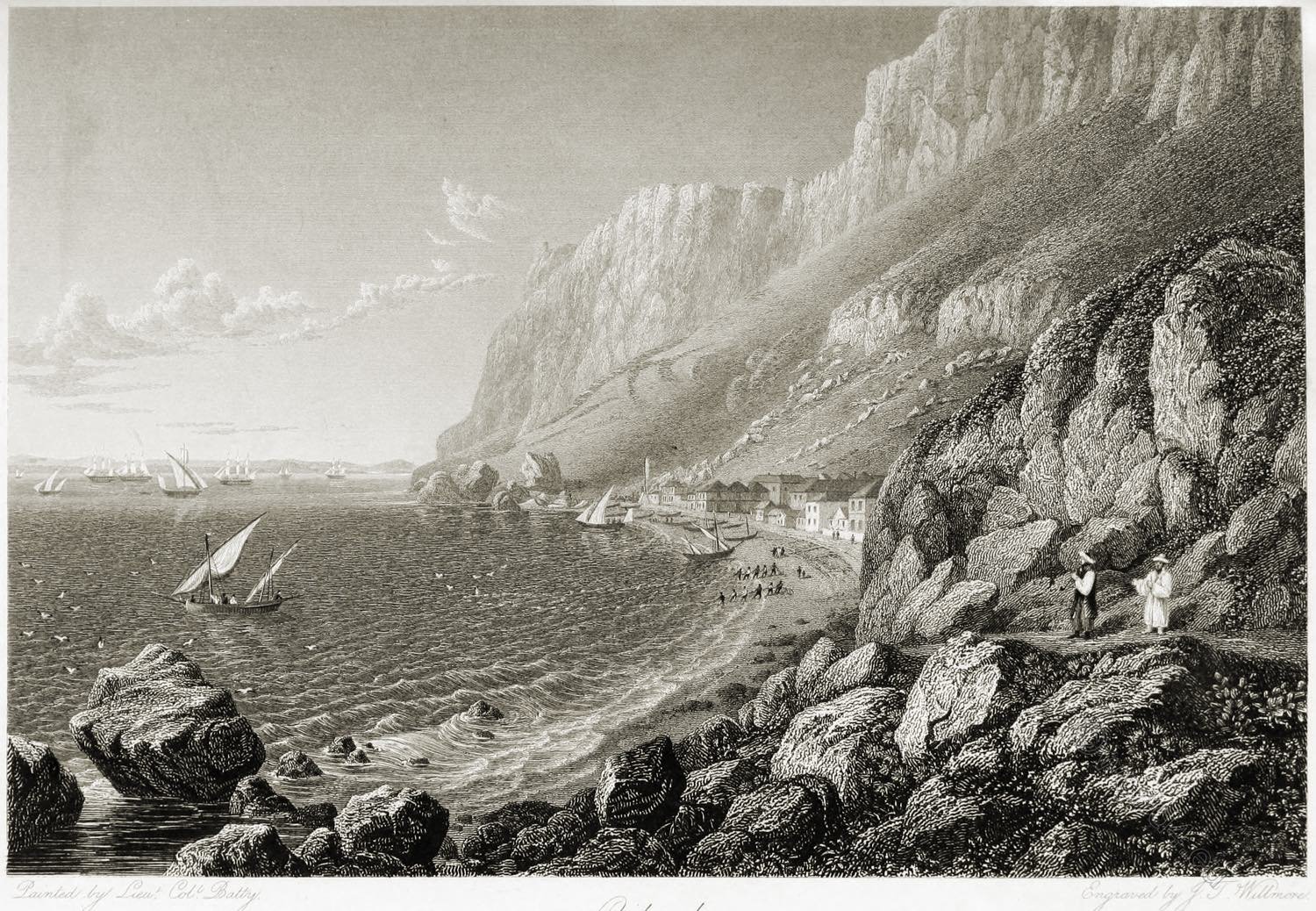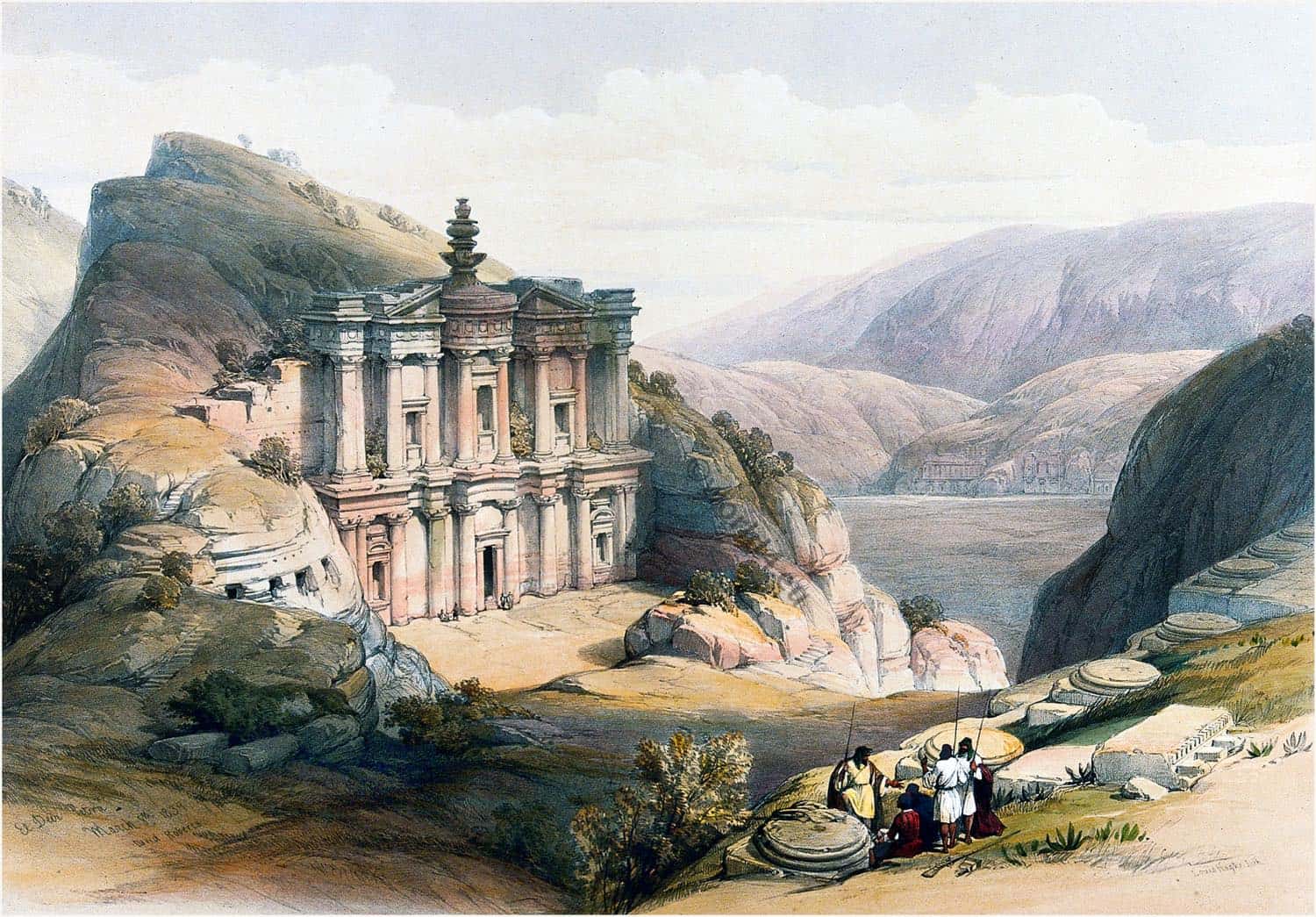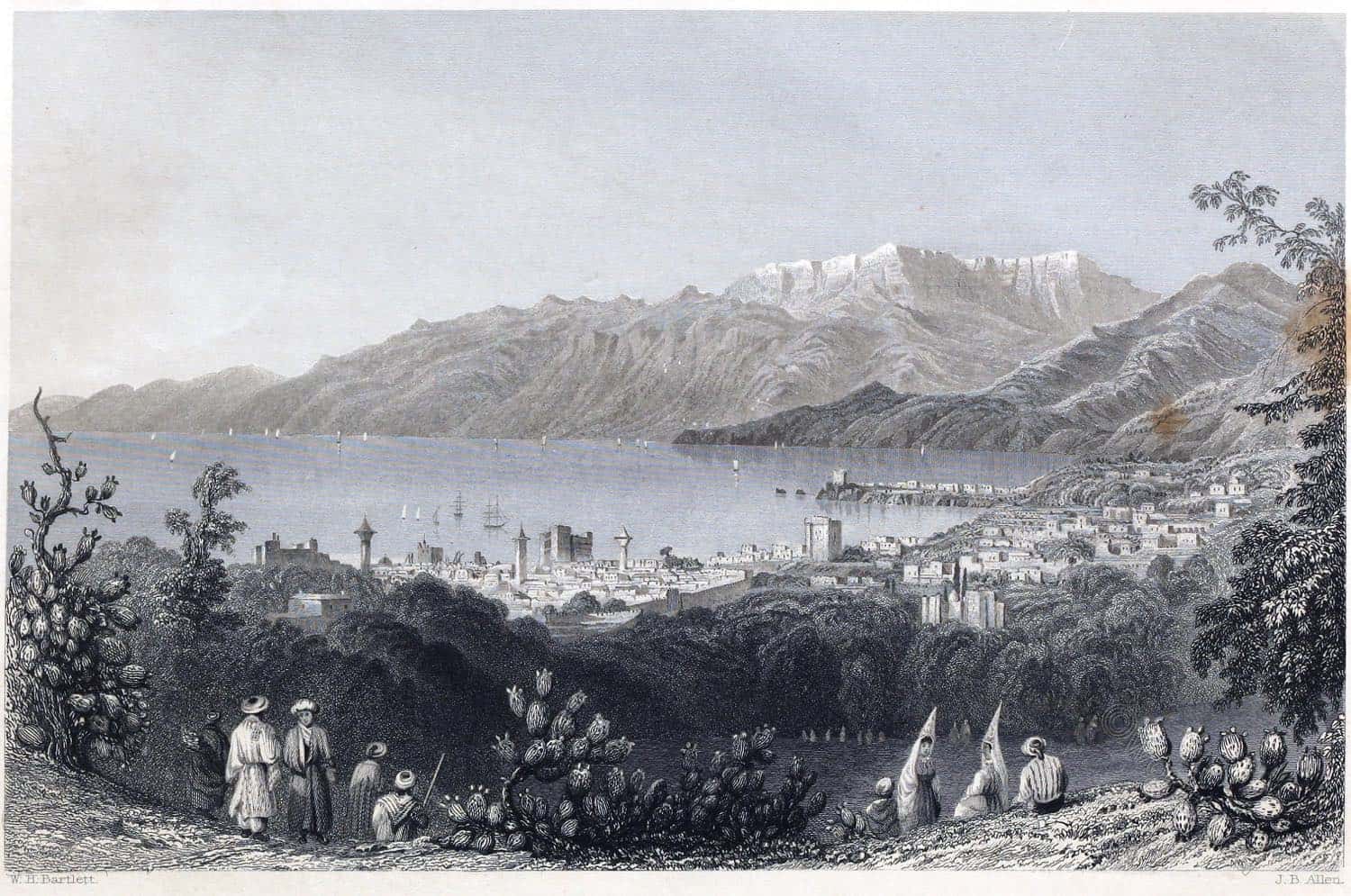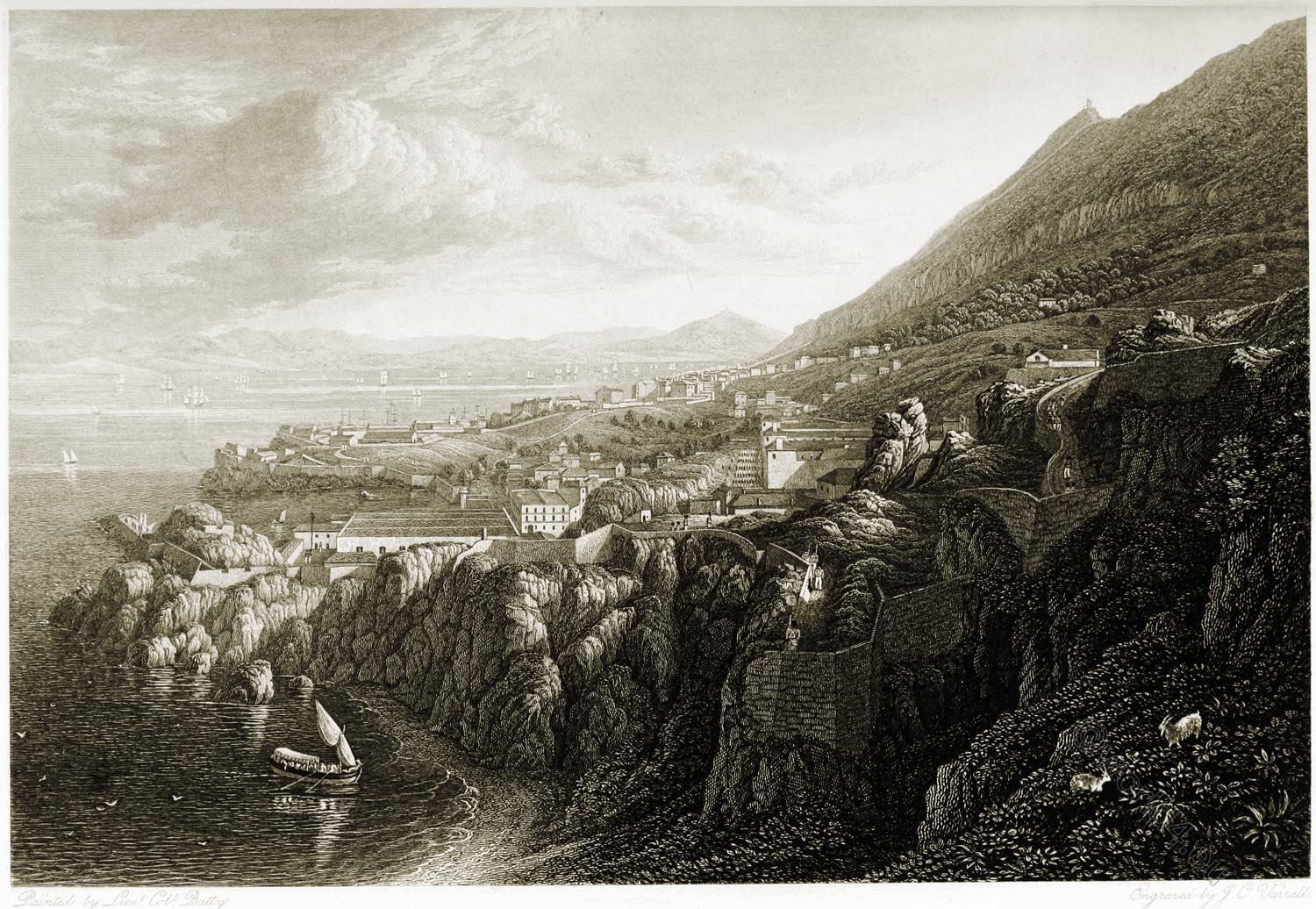
GIBRALTAR. CATALAN BAY.
Catalan Bay (Spanish: La Caleta) is a village in Gibraltar. Located on the east side of the Rock of Gibraltar, away from the capital, the village originated as a fishing village. In the 19th century, only fishermen were allowed to settle in Catalan Bay. They had to have a fishing licence issued by the Governor of Gibraltar. Only a limited number of such licences were issued. Many of the families still living here today are descended from these Genoese fishermen.
The beach off Catalan Bay is the second largest sandy beach in Gibraltar (the largest is Eastern Beach, located about a kilometre further north, also on the east side of the peninsula). The Church of Our Lady of Sorrows is the religious centre of the village. The statue of Our Lady of Sorrows is carried in procession to the beach each September, where the Bishop of Gibraltar blesses the sea in the village’s most important religious festival.
The preceding views have shown the appearance of the rock of Gibraltar on its northern, western, and southern sides. We now complete the tour of the promontory with a view of Catalan Bay on its eastern side. This charming little bay is situated directly beneath the stupendous cliffs which face the Mediterranean.
The signal-station appears above the cliffs behind the bay; and the tower called O’Hara’s Folly, is seen on the summit of the most distant point. The rocks above Ceuta, on the coast of Barbary, bound the horizon; and vessels are seen steering through the Straits.
Behind the fishermen’s cottages, in Catalan Bay, a vast mass of sand has accumulated, forming a long slope to the foot of the cliffs above. The upper part of this mass consists of light drift sand; but under this, and seen jutting out in some places, is a bed of hard sand, deposited in regular horizontal layers, as if by the gradual operation of successive tides.
From the length of time which it would seem these lower sands have been deposited, they have acquired a firmer consistence, in some degree approaching to that of flag-stone. During the great earthquake at Lisbon in 1755, it is said that the sands at Catalan Bay sank several feet, and large masses of the rock rolled down into the sea. On the same occasion, the Mediterranean also, at this point, rose and fell repeatedly nearly seven feet.
Catalan Bay is a favorite spot with the officers of the garrison, who at times form fishing-clubs. Amongst the motley inhabitants and visitors of Gibraltar are many Moors, who are frequently seen walking round to the east side of the rock, from whence they have a view of a long extent of the Barbary coast.
Source: Select views of some of the principal cities of Europe by Robert Batty. London: Moon, Boys, and Graves, 1832.
Continuing
GIBRALTAR.
The Rock, from the Mediterranean Shore.
The Old Mole, from the Anchorage.
Gibraltar, from above Camp Bay.
Discover more from World4 Costume Culture History
Subscribe to get the latest posts sent to your email.






